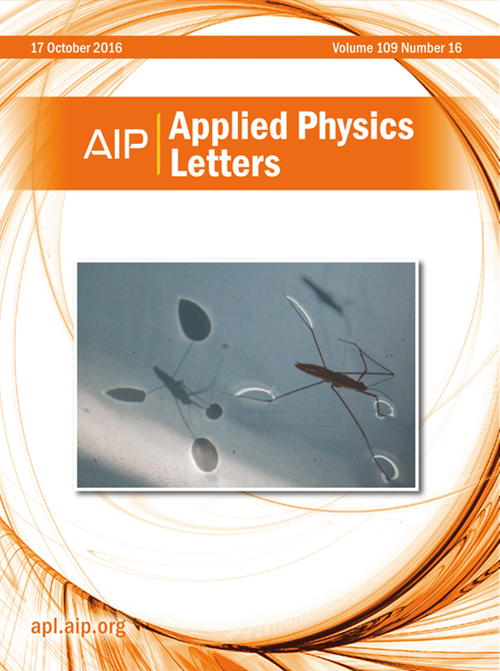High-quality simultaneous bright-field and dark-field imaging based on the light-field matrix model
IF 3.5
2区 物理与天体物理
Q2 PHYSICS, APPLIED
引用次数: 0
Abstract
Dark-field imaging is widely used due to its high resolution and high contrast, but traditional methods are susceptible to noise interference and require frequent switching between bright-field and dark-field modes. This not only increases imaging complexity and sample exposure time but also affects imaging consistency. This paper proposes a simultaneous bright-field and dark-field imaging techniques based on the light-field matrix (LFM) model. Using a single light source under weak scattering conditions, the technique constructs a light-field matrix model and employs the optical field decomposition principle from transmission matrix (TM) theory to decompose the light field into three components: bright-field signals corresponding to single-scattered photons, dark-field signals corresponding to multiple-scattered photons, and noise signals. This method enables simultaneous acquisition of bright-field and dark-field images, simplifying the imaging process and reducing noise interference. Additionally, by incorporating low-rank and sparse matrix decomposition techniques, background light field interference is effectively eliminated, resulting in a 1.8-fold improvement in the dark-field imaging contrast. Experimental results demonstrate the broad applicability of this technique to various biological samples, validating its feasibility in the field of biological imaging and providing an innovative and practical solution for efficient and reliable imaging in complex scenarios.基于光场矩阵模型的高质量同时明暗场成像
暗场成像因其高分辨率和高对比度而得到广泛应用,但传统方法容易受到噪声干扰,且需要在明暗场模式之间频繁切换。这不仅增加了成像复杂性和样品曝光时间,而且影响成像一致性。提出了一种基于光场矩阵(LFM)模型的明暗场同步成像技术。该技术利用弱散射条件下的单一光源,构建光场矩阵模型,利用传输矩阵(TM)理论中的光场分解原理,将光场分解为单散射光子对应的亮场信号、多散射光子对应的暗场信号和噪声信号三个分量。该方法可以同时获取明暗场图像,简化成像过程,减少噪声干扰。此外,通过结合低秩和稀疏矩阵分解技术,有效地消除了背景光场干扰,使暗场成像对比度提高1.8倍。实验结果证明了该技术对各种生物样品的广泛适用性,验证了其在生物成像领域的可行性,为复杂场景下高效可靠的成像提供了一种创新实用的解决方案。
本文章由计算机程序翻译,如有差异,请以英文原文为准。
求助全文
约1分钟内获得全文
求助全文
来源期刊

Applied Physics Letters
物理-物理:应用
CiteScore
6.40
自引率
10.00%
发文量
1821
审稿时长
1.6 months
期刊介绍:
Applied Physics Letters (APL) features concise, up-to-date reports on significant new findings in applied physics. Emphasizing rapid dissemination of key data and new physical insights, APL offers prompt publication of new experimental and theoretical papers reporting applications of physics phenomena to all branches of science, engineering, and modern technology.
In addition to regular articles, the journal also publishes invited Fast Track, Perspectives, and in-depth Editorials which report on cutting-edge areas in applied physics.
APL Perspectives are forward-looking invited letters which highlight recent developments or discoveries. Emphasis is placed on very recent developments, potentially disruptive technologies, open questions and possible solutions. They also include a mini-roadmap detailing where the community should direct efforts in order for the phenomena to be viable for application and the challenges associated with meeting that performance threshold. Perspectives are characterized by personal viewpoints and opinions of recognized experts in the field.
Fast Track articles are invited original research articles that report results that are particularly novel and important or provide a significant advancement in an emerging field. Because of the urgency and scientific importance of the work, the peer review process is accelerated. If, during the review process, it becomes apparent that the paper does not meet the Fast Track criterion, it is returned to a normal track.
 求助内容:
求助内容: 应助结果提醒方式:
应助结果提醒方式:


